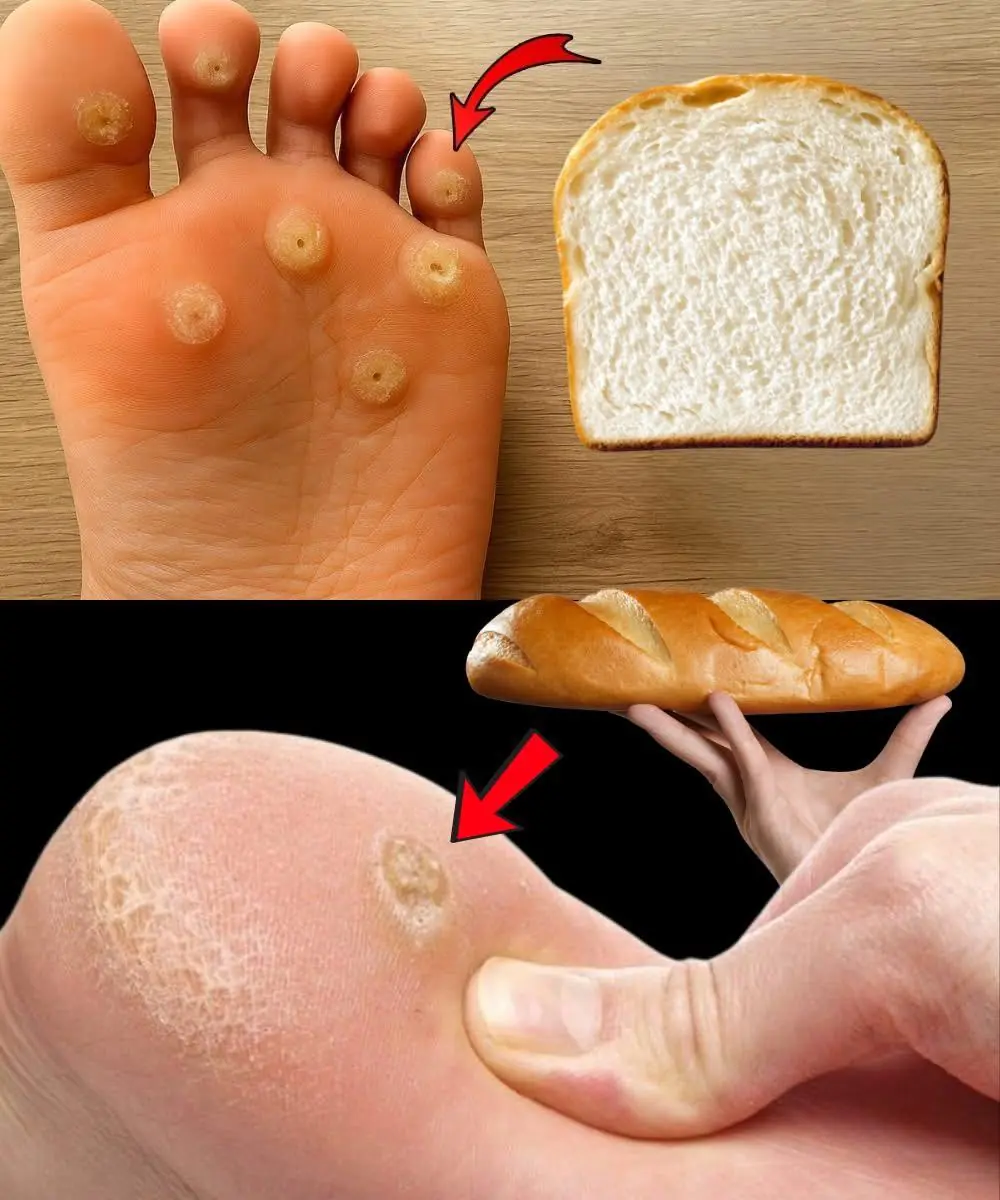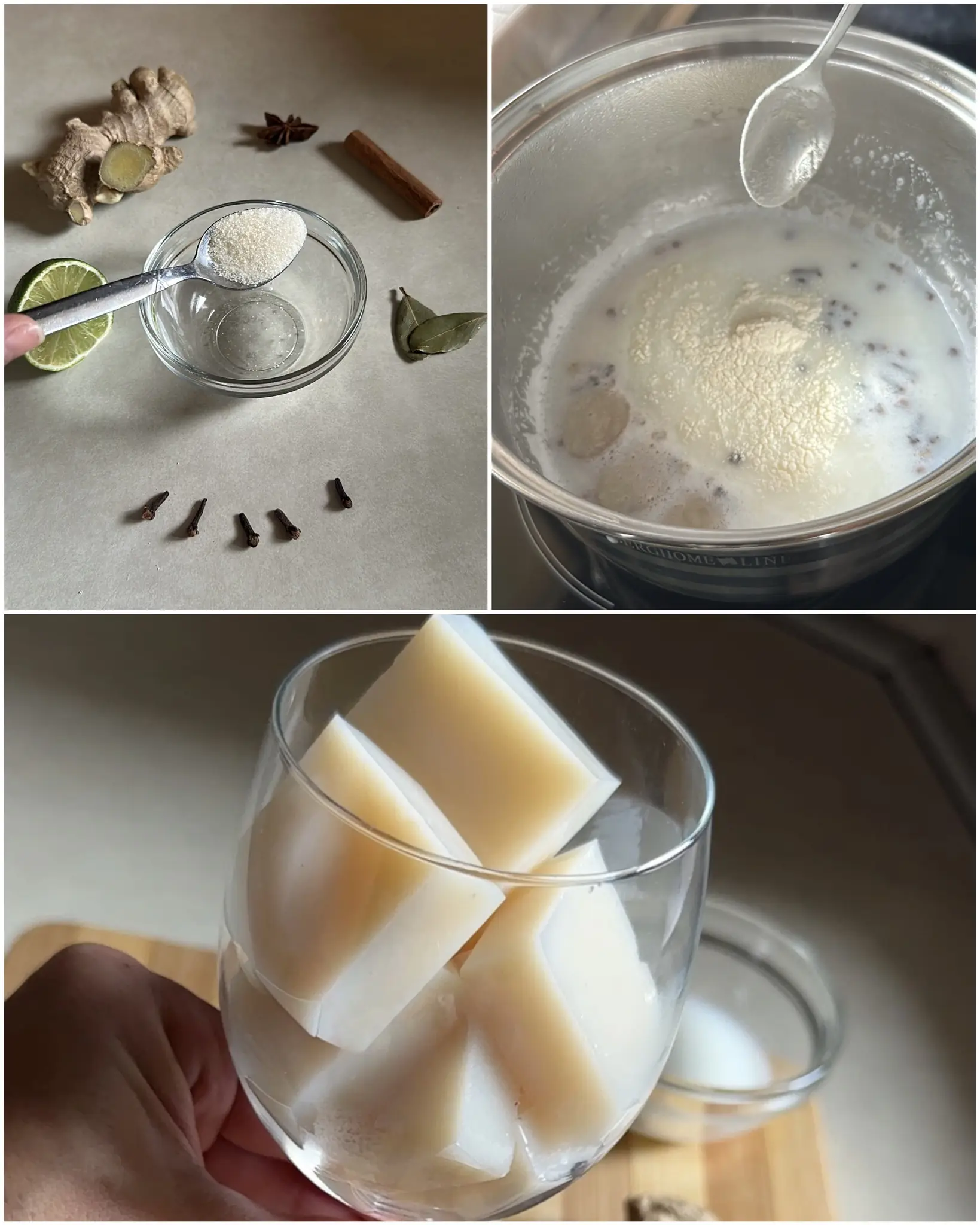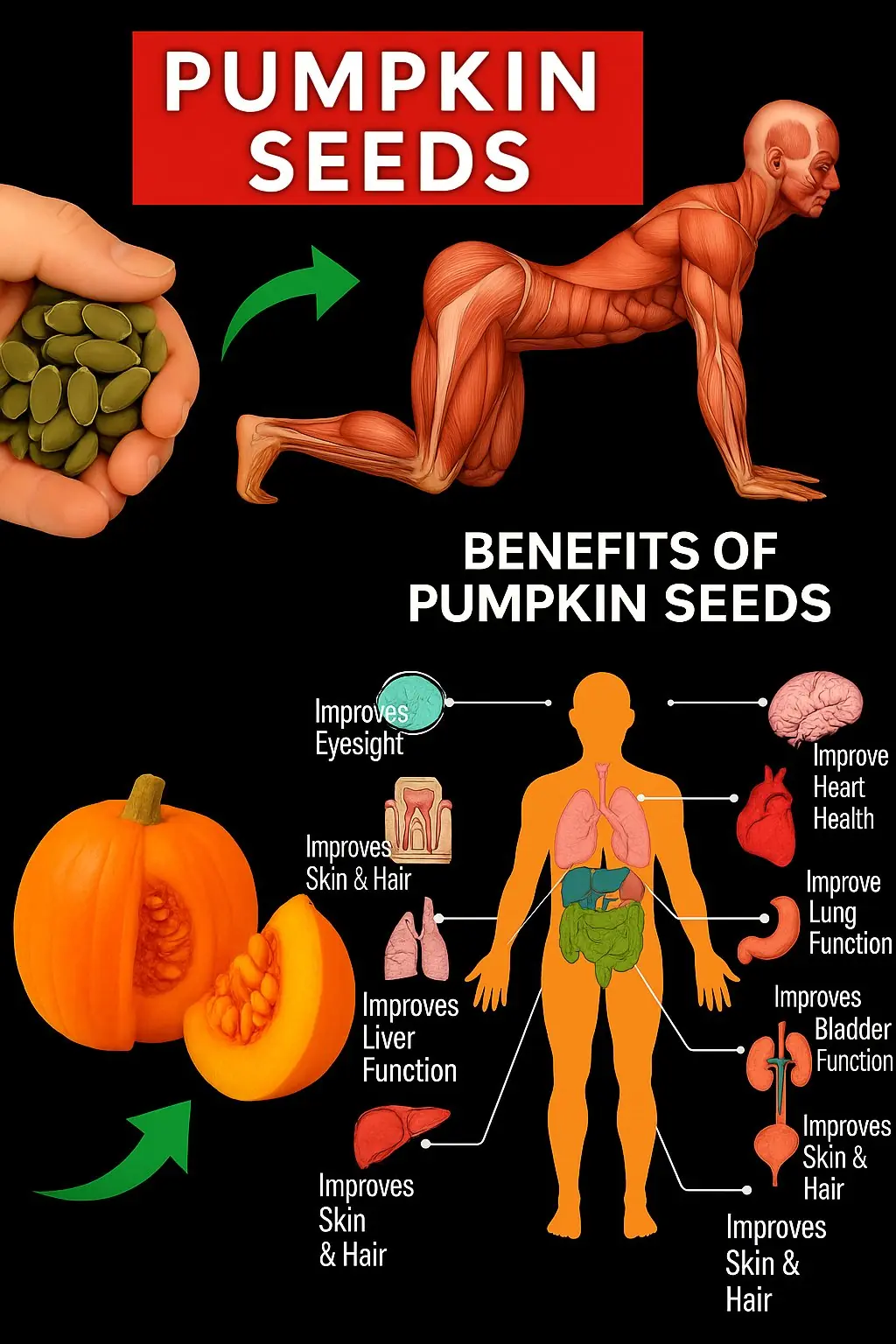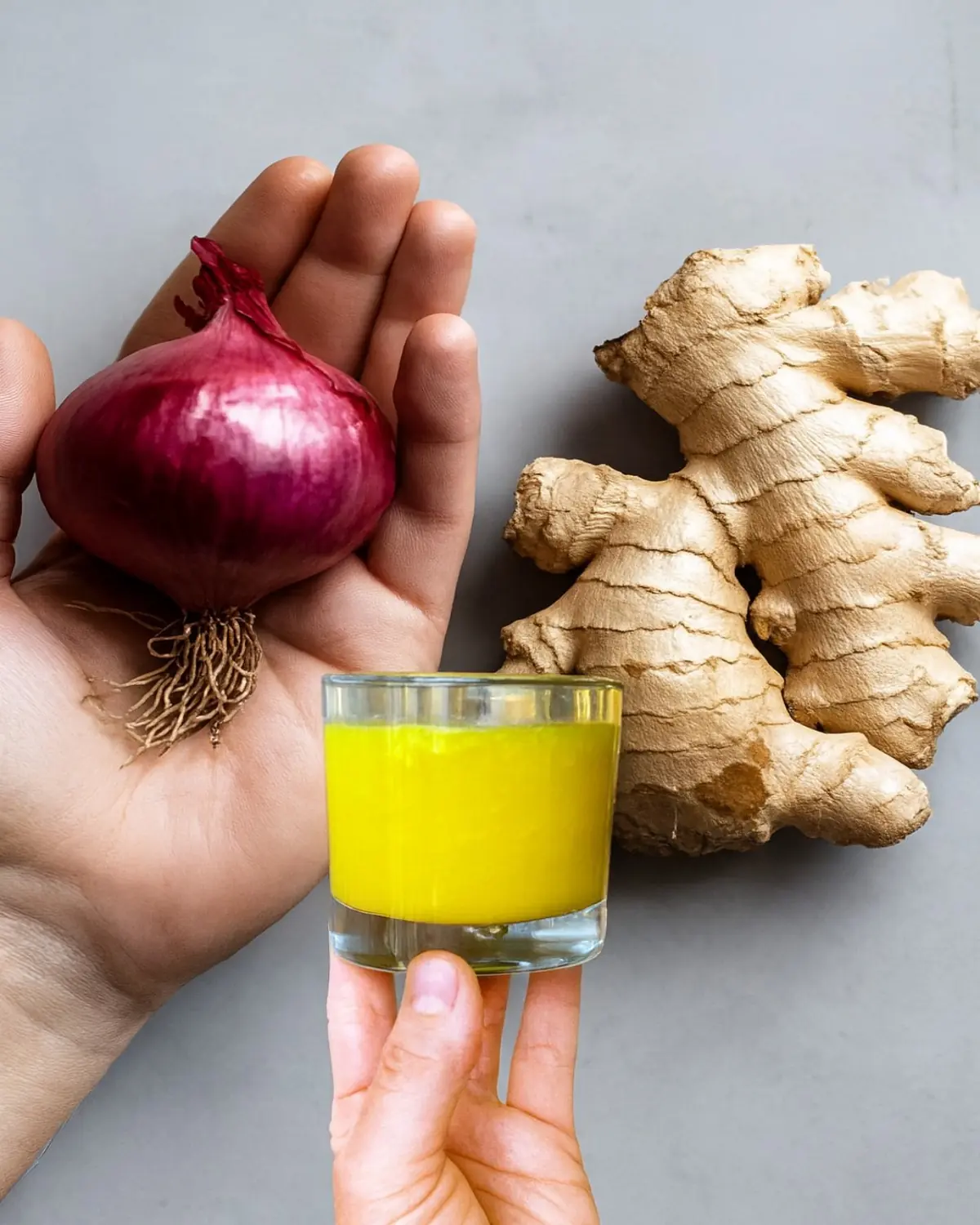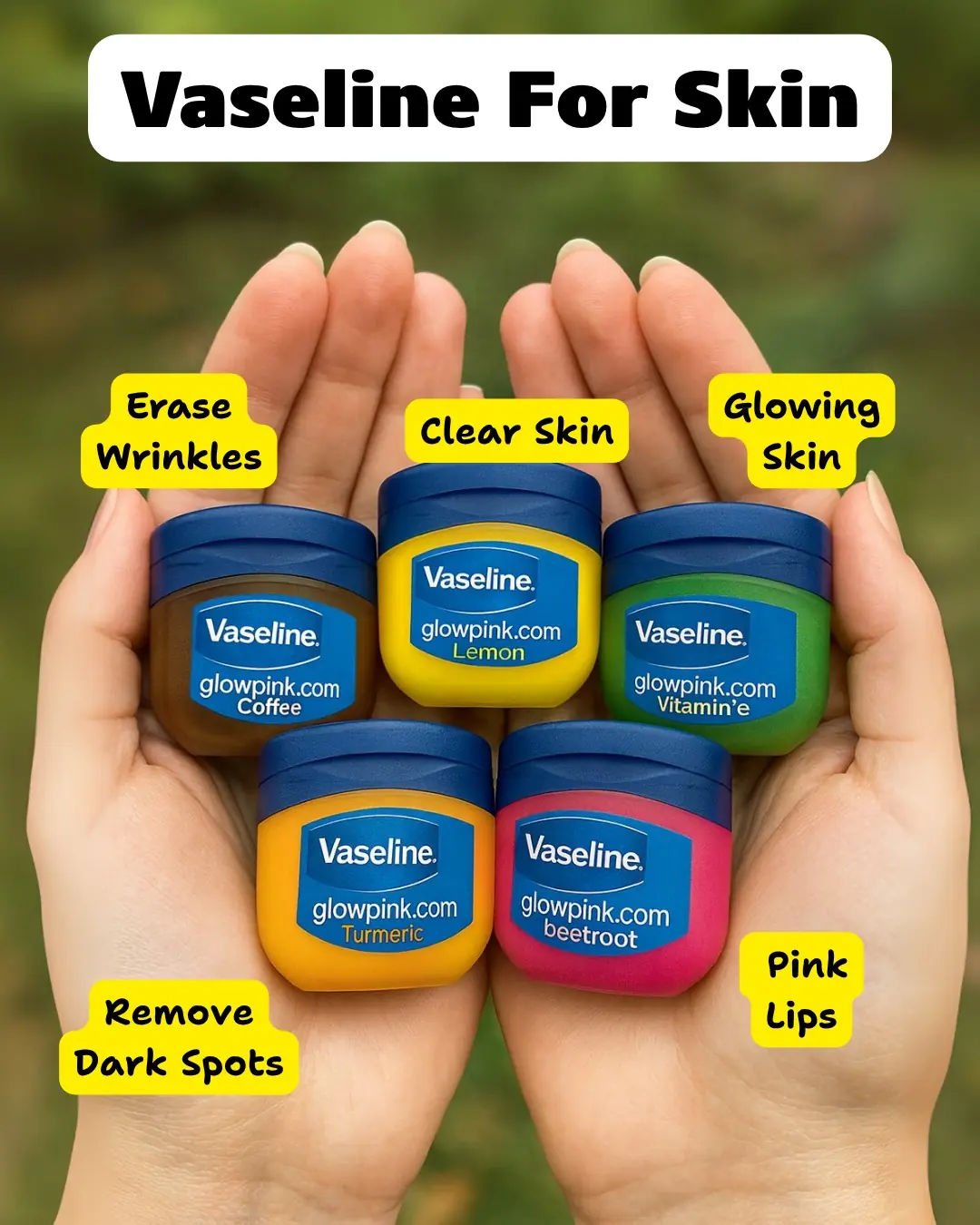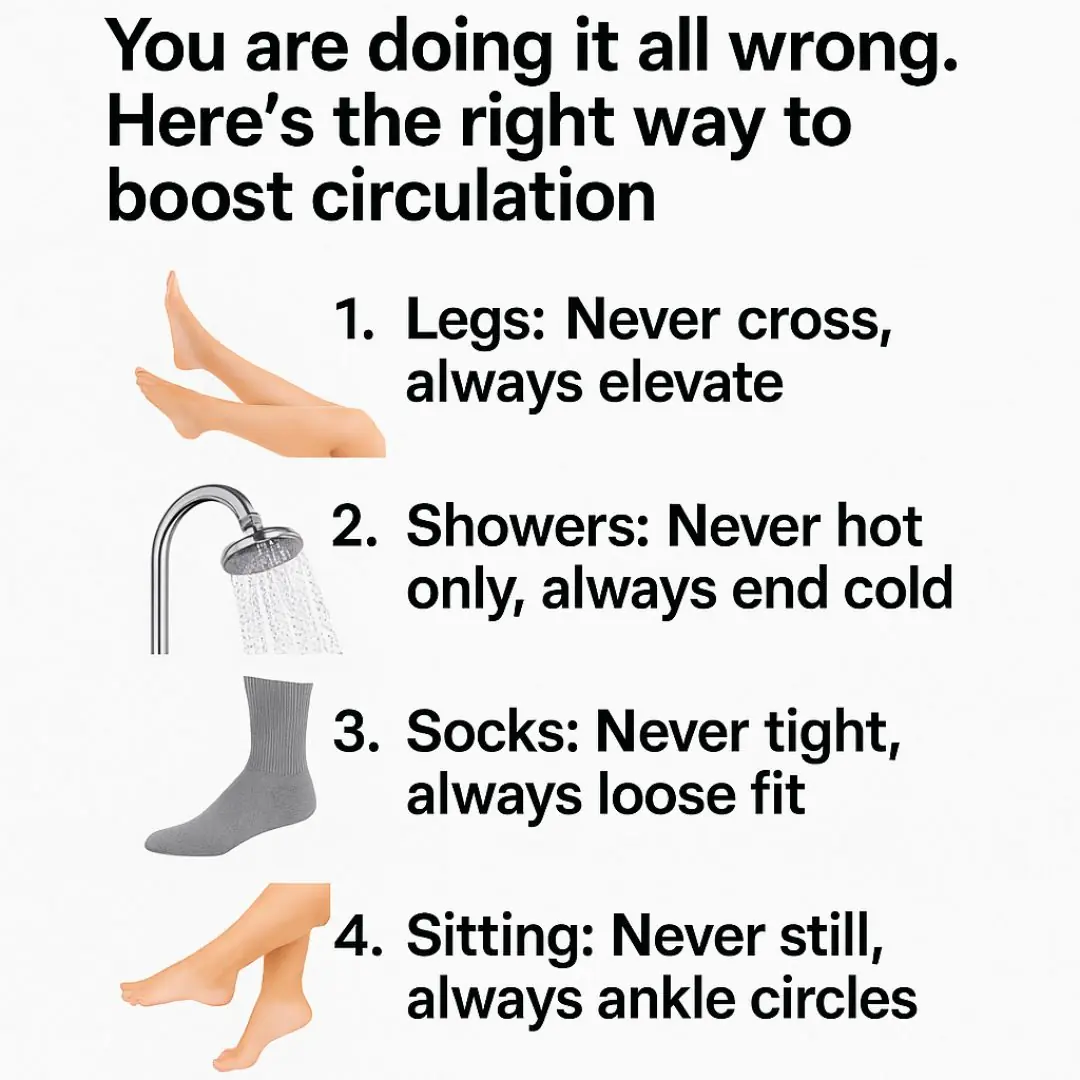
Good circulation is vital for maintaining overall health, as it ensures that oxygen and nutrients are efficiently delivered to your cells while waste products are removed. Unfortunately, many of us engage in habits that hinder circulation without even realizing it. From sitting incorrectly to neglecting exercise, these common practices can have significant negative effects on our circulatory system.
In this article, we'll explore the right ways to boost your circulation and improve your vascular health. By incorporating these simple yet effective strategies into your daily routine, you can promote better blood flow and enhance your overall well-being. Let's dive into the details and discover how to optimize your circulatory health.
1. Elevate Your Legs, Don't Cross Them
Crossing your legs while sitting might feel comfortable, but it can restrict blood flow and increase the risk of developing varicose veins. Instead, elevate your legs whenever possible to encourage proper circulation. By raising your legs above heart level for about 15 to 20 minutes, you can facilitate venous return and reduce swelling. Try placing a pillow under your legs while resting or use a footrest if you're sitting for extended periods.
In addition to elevating your legs, avoid sitting in the same position for too long. Make a conscious effort to change positions every 30 minutes to keep your blood flowing smoothly. Simple adjustments like these can make a significant difference in maintaining healthy circulation.
2. End Your Showers with a Cold Burst
A cold burst at the end of your shower can invigorate your circulatory system. Cold water causes your blood vessels to constrict and then dilate when you return to a warmer environment, effectively improving blood flow. Aim for a cold rinse lasting 30 seconds to one minute at the end of each shower. This practice not only stimulates circulation but also boosts your immune system.
Additionally, alternating between hot and cold water, known as contrast hydrotherapy, can further enhance circulation. This technique involves switching between hot and cold water every 30 seconds for a few minutes, which can be particularly beneficial after a workout.
3. Choose Loose-Fitting Socks for Better Circulation
Tight socks and restrictive footwear can impede blood flow, especially if worn for long periods. Opt for loose-fitting socks made from breathable materials to promote better circulation. Compression socks can be beneficial for some individuals, but it's crucial to select the correct size and compression level to avoid adverse effects.
When choosing footwear, prioritize comfort and support. Shoes that fit well and allow your feet to move naturally can help prevent circulatory problems. Consider shoes with a wider toe box and adequate arch support to maintain healthy blood flow.
4. Keep Your Ankles Moving, Even When Seated
Staying seated for prolonged periods can lead to poor circulation, particularly in your lower extremities. To counter this, practice ankle pumps and circles while sitting. Every hour, take a few minutes to flex and point your toes or rotate your ankles in circular motions. These simple exercises can help promote blood flow and prevent stiffness.
Incorporating a footrest or regularly standing up to stretch can further enhance circulation. Aim to take short walking breaks every hour to keep your blood moving and prevent the negative effects of prolonged sitting.
5. Exercise Regularly to Boost Blood Flow
Regular physical activity is one of the most effective ways to improve circulation. Aerobic exercises such as walking, jogging, swimming, or cycling can enhance cardiovascular health and promote efficient blood flow. Aim for at least 150 minutes of moderate-intensity exercise per week, as recommended by health experts.
Incorporate strength training into your routine as well, as building muscle can support healthy circulation. Activities like yoga or Pilates, which focus on flexibility and muscle engagement, can also be beneficial for improving blood flow.
6. Stay Hydrated to Maintain Vascular Health
Hydration plays a crucial role in maintaining healthy circulation. Water helps to thin the blood, making it easier for your heart to pump it through your blood vessels. Aim to drink at least eight 8-ounce glasses of water per day, or more if you're physically active or live in a hot climate.
Consider incorporating hydrating foods into your diet, such as fruits and vegetables with high water content. Cucumbers, watermelon, and oranges are excellent choices that contribute to both hydration and nutrient intake.
7. Eat a Diet Rich in Circulation-Boosting Foods
A balanced diet rich in circulation-boosting foods can make a significant difference in your vascular health. Incorporate foods high in omega-3 fatty acids, such as salmon, flaxseeds, and walnuts, to support healthy blood vessels. Leafy greens like spinach and kale, rich in nitrates, can help dilate blood vessels and improve blood flow.
Additionally, include antioxidant-rich foods like berries, dark chocolate, and green tea, which can reduce inflammation and protect your arteries. A diet low in saturated fats and refined sugars will further support your circulatory system.
8. Avoid Prolonged Periods of Inactivity
Inactivity can have a detrimental impact on circulation, leading to venous insufficiency and other health issues. To prevent this, incorporate movement into your daily routine. Set reminders to stand up and stretch every hour, or invest in a standing desk to alternate between sitting and standing throughout the day.
Walking meetings, stretching breaks, or even taking the stairs instead of the elevator are simple ways to keep your body active and blood flowing. Consistent movement is key to maintaining a healthy circulatory system.
9. Incorporate Stretching into Your Daily Routine
Stretching not only improves flexibility but also enhances circulation. By stretching regularly, you encourage blood flow to your muscles and tissues, which can aid in recovery and reduce the risk of injury. Incorporate dynamic stretches in the morning to kickstart your circulation and static stretches in the evening to wind down.
Focus on areas prone to tension, such as your neck, shoulders, and legs. Yoga and tai chi are excellent practices that combine stretching with mindful breathing, further promoting circulatory health.
10. Manage Stress to Improve Circulatory Efficiency
Chronic stress can lead to circulatory problems by causing your blood vessels to constrict and your heart rate to increase. Implement stress-reducing techniques such as deep breathing exercises, meditation, or mindfulness practices to help manage stress levels.
Regularly engaging in activities that bring you joy and relaxation, such as hobbies or spending time with loved ones, can also help lower stress and improve your circulatory health. Remember that a healthy mind often leads to a healthy body.
11. Wear Compression Gear for Support
Compression gear, such as stockings or sleeves, can be beneficial for individuals who are on their feet for extended periods or have circulation issues. These garments apply gentle pressure to your legs, promoting blood flow and reducing swelling.
Consult with a healthcare professional to determine the appropriate level of compression for your needs and ensure proper fit. Compression gear can be particularly helpful during long flights or if you're prone to varicose veins, offering additional support for your circulatory system.



